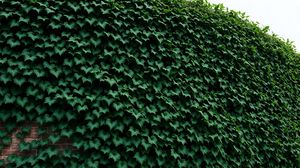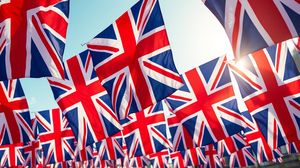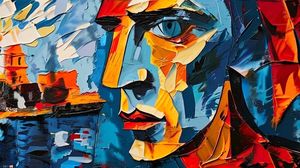
The Admiralty Citadel in London is a fascinating and imposing structure located in the heart of Westminster. It is one of the most unusual landmarks in the city, often overlooked by tourists. Despite its central location, the Citadel's design ensures it blends somewhat into its surroundings, allowing it to serve its original purpose without attracting too much attention.
Designed as a fortified bunker, the Admiralty Citadel was constructed during World War II as a bombproof operations center for the Royal Navy. Its massive, fortress-like walls are covered with creeper plants, making it an intriguing example of functional architecture camouflaged within an urban landscape.
The Citadel's walls are incredibly thick, reportedly being nearly 6 meters thick in places. This was designed to withstand multitudes of bombs, making it one of the most secure locations in London during the war. This level of protection reflects the strategic importance of the site in protecting military communications during the tumultuous time of the war.
Another interesting facet of the Admiralty Citadel is its usage. Despite its wartime origins, the building has continued to serve a purpose in modern times. It is primarily used by the Ministry of Defence, emphasizing the building's ongoing role in national security, even though its details remain largely a mystery to the public.
The architectural style of the Admiralty Citadel starkly contrasts with the surrounding classical architecture of nearby landmarks. Its brutalist design, while not always appreciated, is a testament to the utilitarian architectural approach taken during its construction. The ivy that covers it today helps soften its appearance and adds an unexpected touch of greenery to the urban environment.

Making the Most of Your Visit:
If you're interested in wartime history or military architecture, bring binoculars for a closer look at the Citadel's exterior. The creeper plants covering the building can obscure some of the interesting details, and the thickness of the walls is impressive to see up close.
There are no public tours of the Admiralty Citadel as it's still used by the Ministry of Defence. Instead, consider pairing your visit with nearby landmarks such as Trafalgar Square or Horse Guards Parade for a fuller historical experience.
Don't forget your camera! Although you can't enter the building, the Citadel makes for some unique skyline photos with its fortress-like structure peeking out amidst London's architecture.
Visit during different times of the year if you can. The ivy covering the Citadel changes with the seasons, which can alter its appearance significantly and provide a different perspective each time.
There isn't much signage or information at the site itself, so it might be useful to read up on the Citadel beforehand to fully appreciate its significance and purpose during World War II.

Visiting Times & Costs:
The Admiralty Citadel is not open to the public, as it is still actively used by the Ministry of Defence. Therefore, there is no entry fee or visiting schedule available for the public.
Since it is not accessible for tours or general public access, there are no designated accessibility accommodations or facilities available for visitors. However, visitors can view the exterior from public areas nearby.
For those interested in viewing the structure, it is recommended to combine your visit with nearby public landmarks, such as Trafalgar Square and Horse Guards Parade.

Address & Map:

Nearby:























